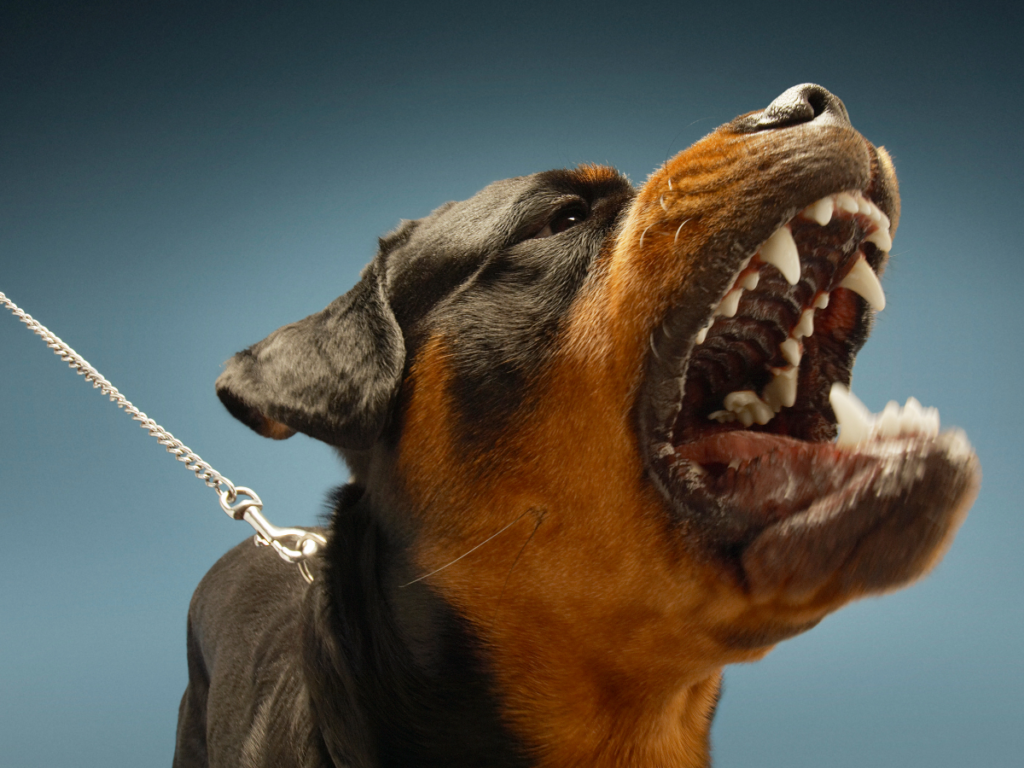How a Dog’s Body Language Can Indicate a Coming Attack

Dogs communicate through body signals, such as facial expressions and posture. Understanding canine body language is a vital tool in preventing dog attacks. Recognizing warning signs like growling and stiffening allows individuals to react appropriately and respect a dog’s boundaries.
Understanding a dog’s body language helps to promote positive interactions and safety for both humans and dogs. By being familiar with canine body language, individuals can engage with dogs in a way that fosters trust and companionship while reducing the risk of aggression.
Understanding Canine Communication
By observing and interpreting canine cues correctly, individuals can better understand a dog’s emotions and intentions. Dogs communicate in various ways, including:
- Facial expressions: Dogs use facial expressions to express a wide range of emotions, including happiness, fear, aggression, and submission. Examples include relaxed eyes and an open mouth, indicating friendliness; a wrinkled forehead and narrowed eyes, signaling aggression; and a tense mouth or lips pulled back, indicating fear or discomfort.
- Body posture and stance: A dog’s body posture and stance can provide valuable insights into its mood and intentions. Signs of confidence include a relaxed body, with weight evenly distributed, and a straight tail held at a neutral position. Conversely, signs of fear or submission may consist of lowered body posture, tucked tail, and avoiding direct eye contact.
- Tail position and movement: The position and movement of a dog’s tail also communicate its emotional state. A wagging tail can indicate happiness or excitement, but it is essential to consider the context and other body language cues. A tucked tail may signify fear or submission, while a stiffly held tail may indicate tension or aggression.
- Ear position and movement: Dogs’ ears are highly expressive and can convey a range of emotions. Forward-facing ears typically indicate alertness or interest, while flattened ears may signal fear or submission. Additionally, ears pinned back against the head may indicate aggression or discomfort.
Correctly interpreting canine signals requires considering the context in which they occur. A wagging tail, for example, can indicate excitement or agitation, depending on the dog’s overall body language and the situation. Understanding the context helps to avoid misinterpretations and allows for a more accurate understanding of the dog.
Warning Signs of Aggression
Recognizing warning signs of canine aggression is vital for preventing potential conflicts and ensuring safety. Warning signs include:
- Aggressive facial expressions: Dogs may display aggression through snarling, which involves lifting the lips to reveal teeth and emitting a low growl. This expression signifies readiness to attack and is often accompanied by intense eye contact.
- Baring teeth: Baring teeth is a clear indication of aggression and is often accompanied by growling or snarling. Dogs may bare their teeth when feeling threatened or when displaying dominance.
- Aggressive body language: Aggressive body language includes stiffness and tense muscles, indicating readiness to attack. Raised hackles along the back suggest heightened arousal or aggression.
- Intense staring: Dogs may exhibit intense staring as a warning sign of aggression. Direct eye contact can be perceived as a challenge or threat, especially in confrontational situations.
- Defensive signals: Dogs may display defensive signals when feeling cornered or threatened. Cowering or lowering the body close to the ground is a submissive gesture while growling serves as a warning to back off.
- Raised paw: A raised paw can signal aggression or a warning to stay away. Dogs may raise their paw as a precursor to attacking or to assert dominance.
Taking Preventive Measures
To prevent dog attacks, public education on canine behavior is helpful. Providing information on how to recognize and respond to warning signs of aggression can help individuals avoid potentially dangerous situations. Dog owners should also take proactive measures to prevent aggression in their pets, such as proper socialization, training, and supervision. Additionally, safety guidelines for interacting with unfamiliar dogs, such as avoiding direct eye contact and approaching slowly, can reduce the risk of a dog bite incident.
Determining Liability for Dog Attack Injuries
Determining liability can depend on various factors, including the dog owner’s negligence and the victim’s actions. Owners may be held responsible for damages if they fail to control their dog or if the dog has a history of aggression. However, victims may also be partially liable if they provoke the dog or trespass onto the owner’s property. Dog owners need to understand their legal obligations and take appropriate measures to prevent their pets from causing harm.
An experienced Gillette dog bite lawyer can help by investigating the circumstances surrounding the incident, including the dog’s history and the owner’s negligence, to determine liability. Your attorney can then use this information to build a strong case and advocate for your right to receive fair compensation for your injuries.
Were You Attacked by a Dog in Wyoming?
Dog bite cases can be complicated, often involving people and dogs we know. These incidents can cause severe injuries yet require a sensitive approach. If you need legal support related to a Campbell County dog attack incident, Steven Titus & Associates, P.C. is here to help.
Reach out to our Gillette legal team at (307) 257-7800 for a free consultation to explore your legal options.

Your FREE Case Strategy Session
On All Injury and Criminal Cases
Contact our office right now to speak to
someone who wants to help you.